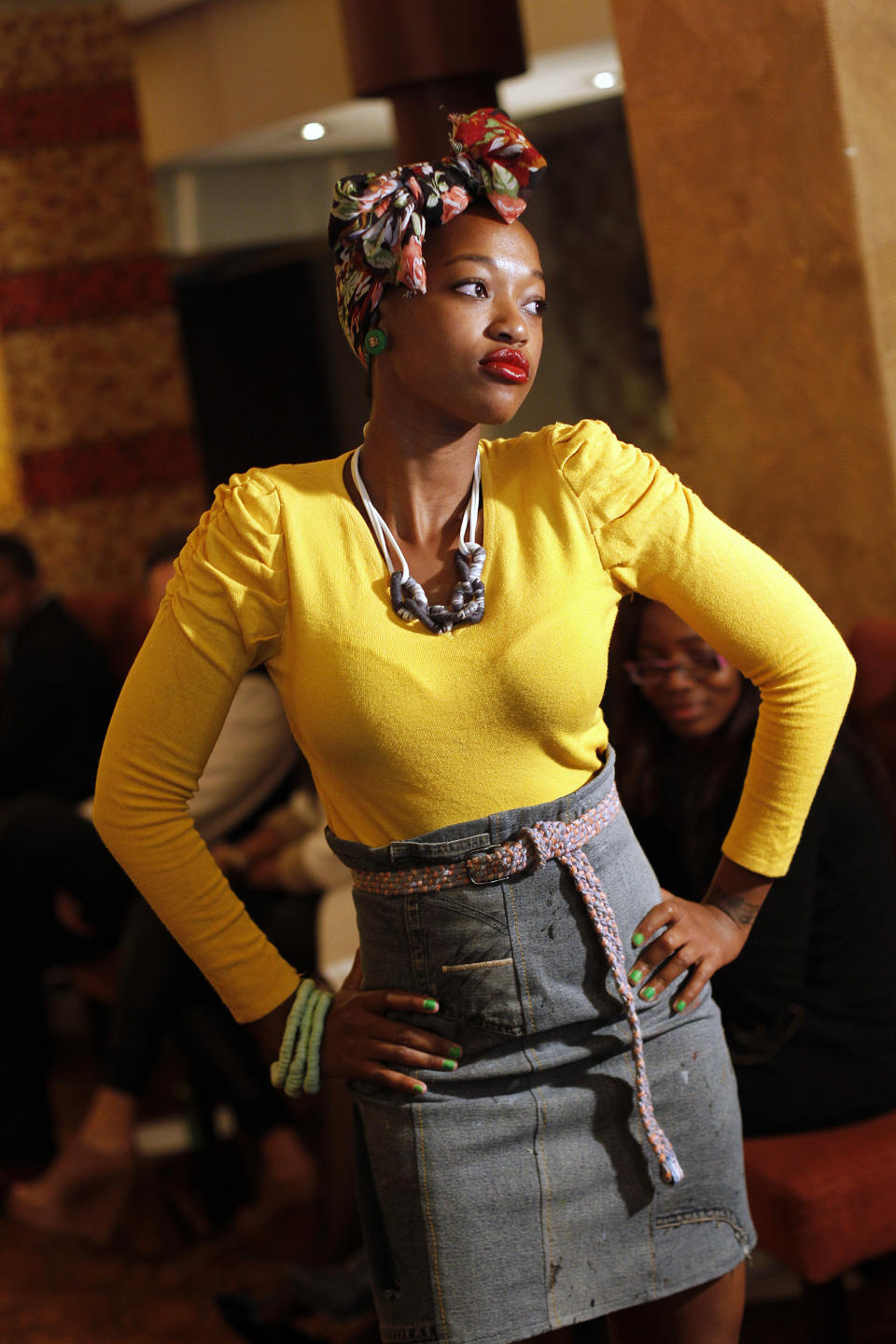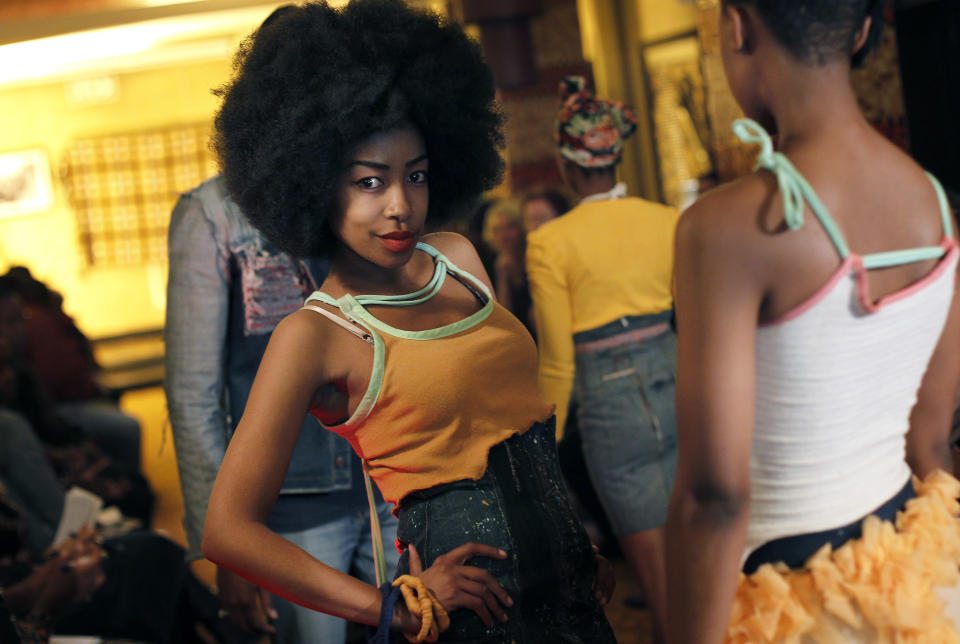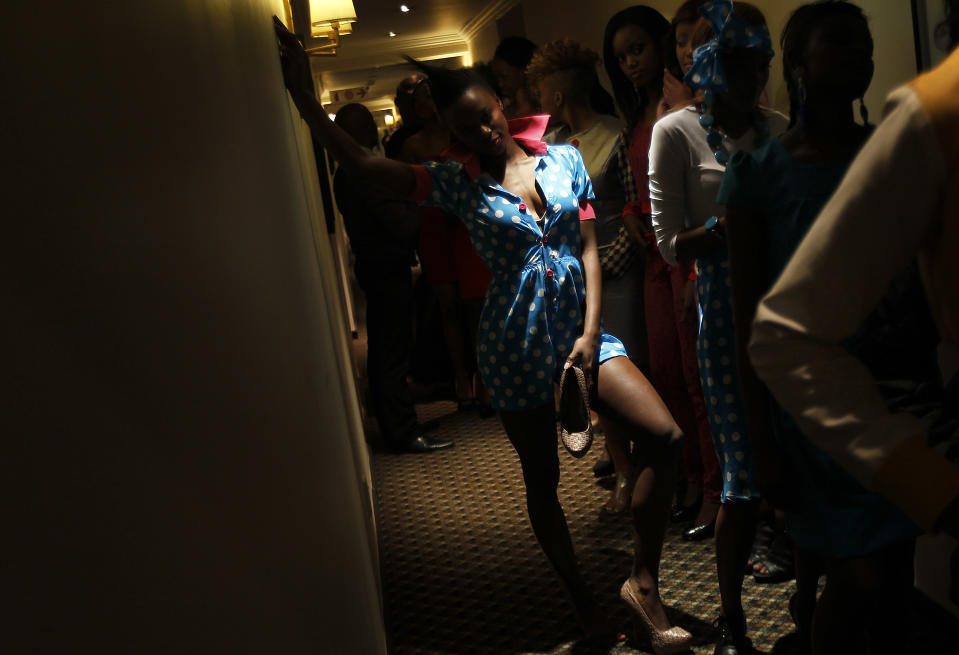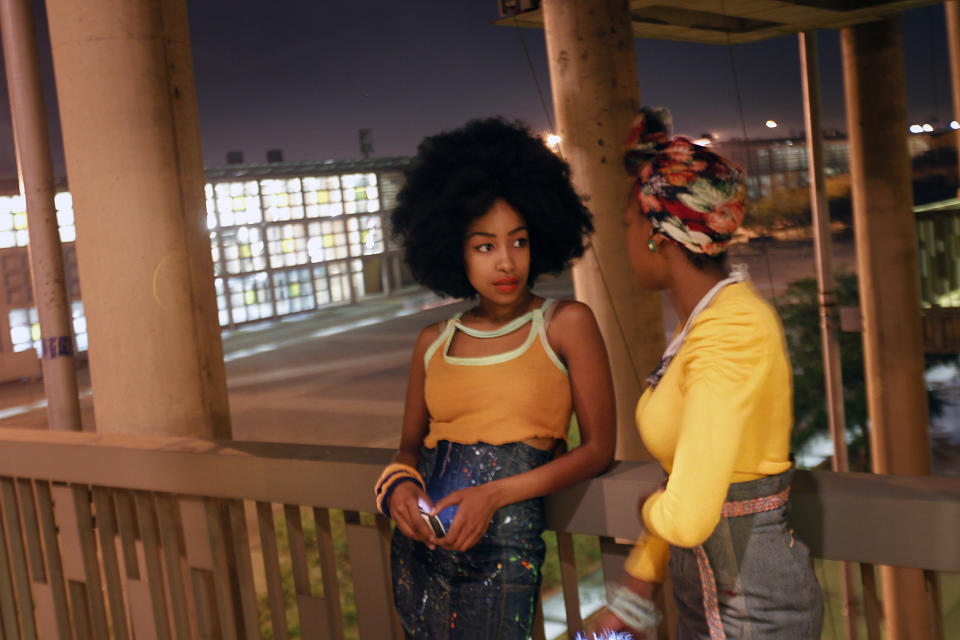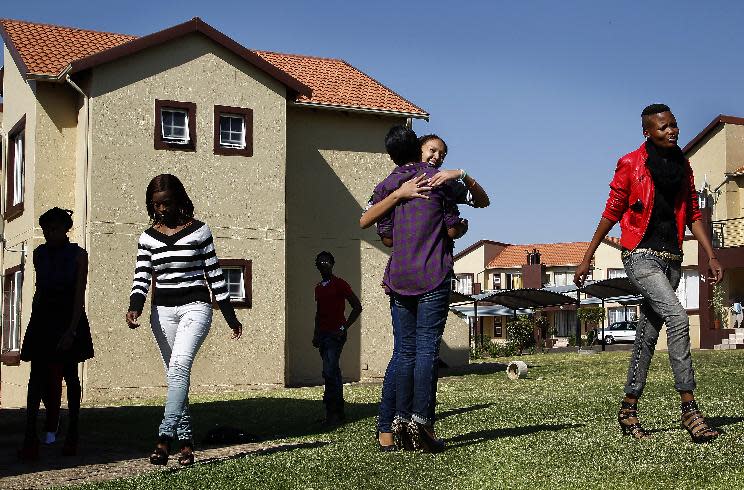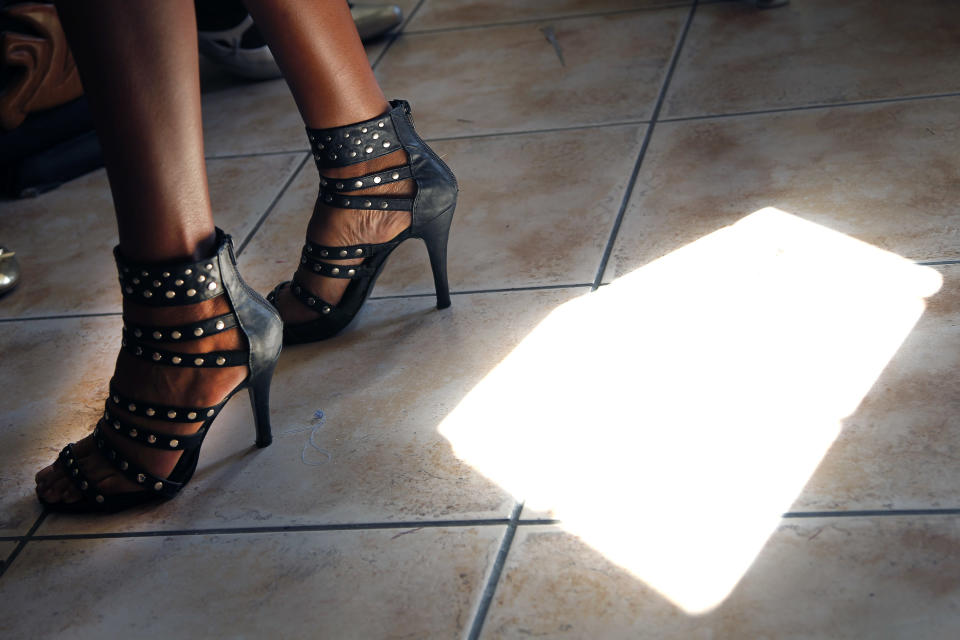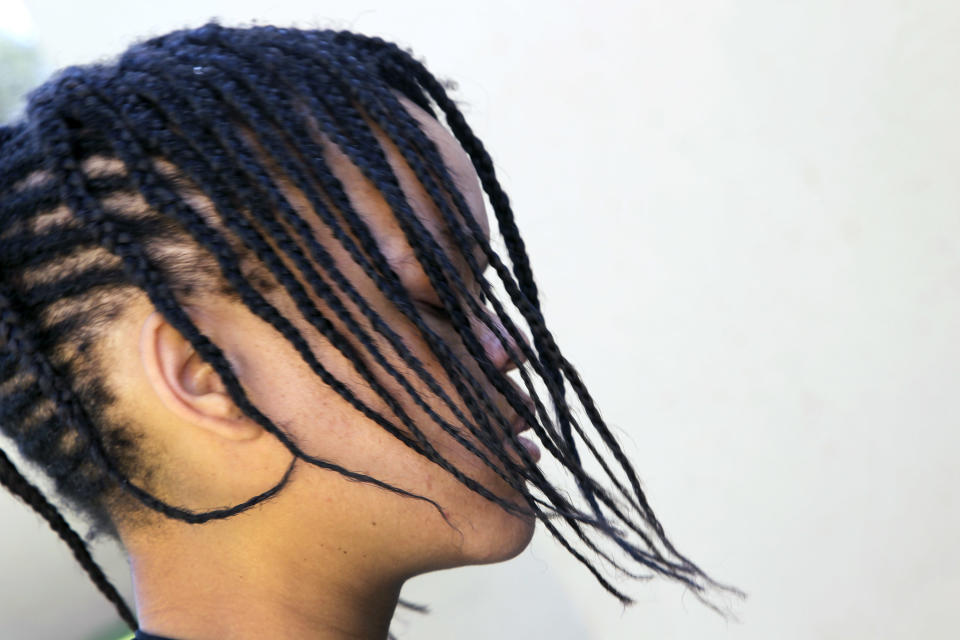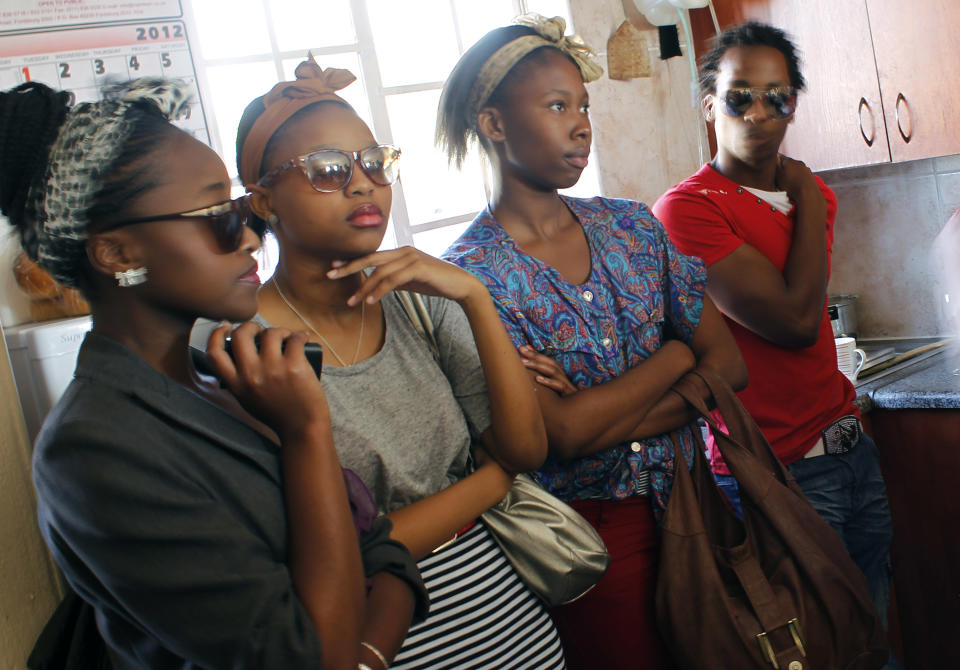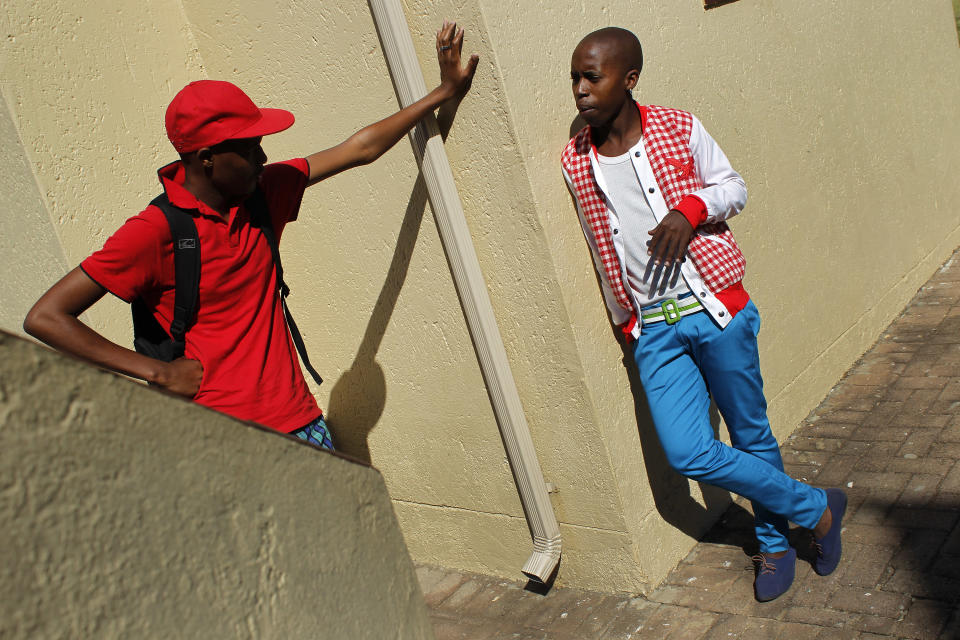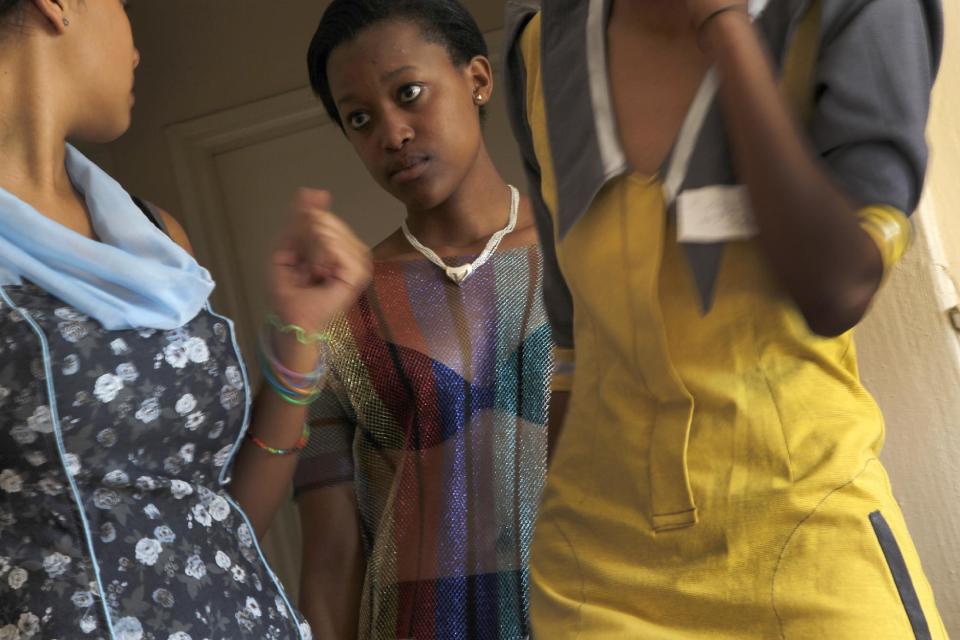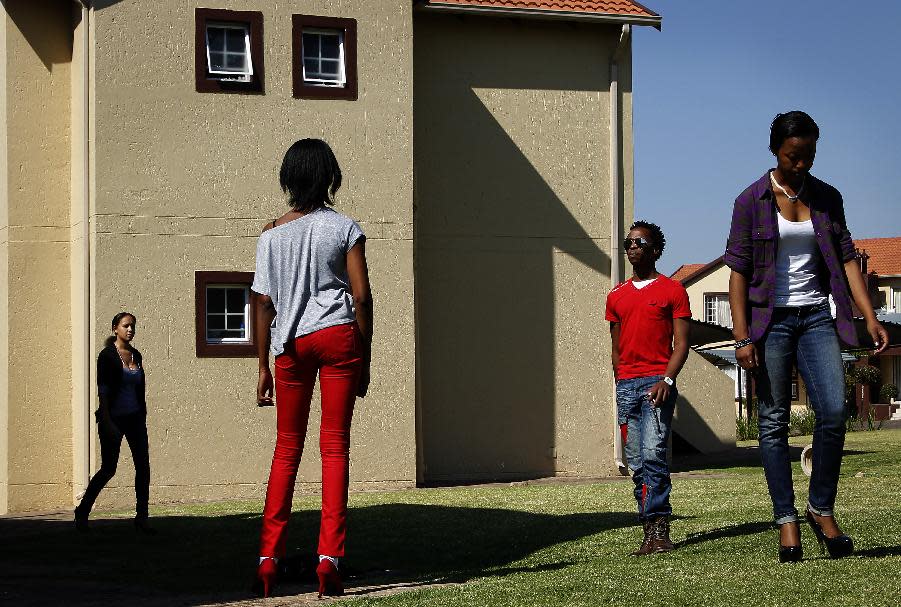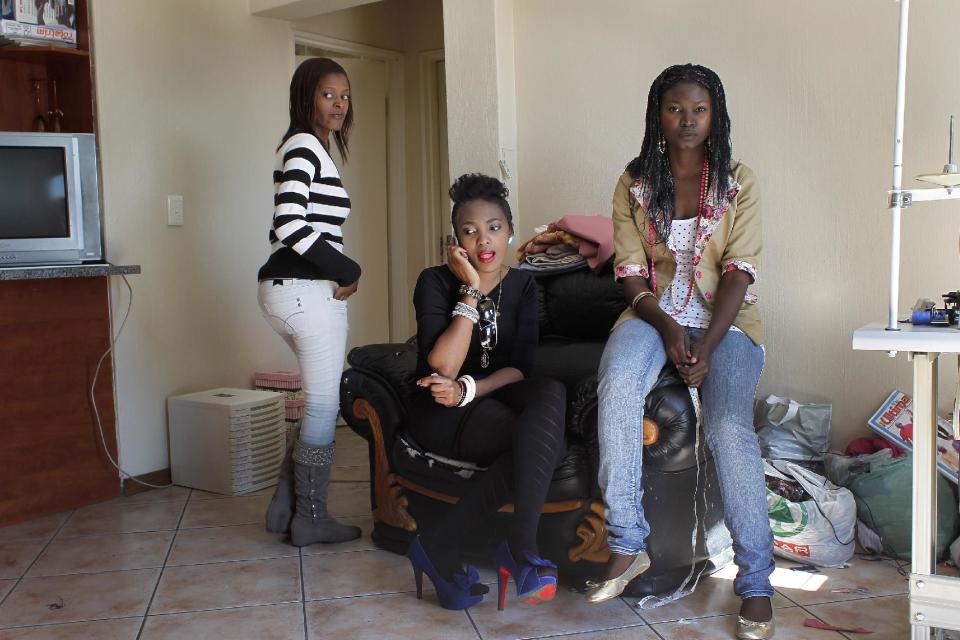South Africa's Soweto gets its fashion week
JOHANNESBURG (AP) — Struggling but deserving designers got a chance to show work inspired by the creativity and history of South Africa's most famous township as Soweto's first fashion week opened Thursday.
The township on Johannesburg's southwestern edge was the natural place for a show for new designers, said 23-year-old entrepreneur and Soweto Fashion Week organizer Stephen Manzini.
"You walk around Soweto, you see creativity everywhere," Manzini said.
Manzini didn't ask designers to show extensive collections or charge them to take part, unlike the country's more established fashion weeks. Fashion blogger Mahlatse James says this gives designers who have not yet made a name a chance to show their work to boutique owners and potential investors.
"Creatives from Soweto do need their own platform," James said. "If the other fashion platforms cannot afford them that, they have to create their own."
Manzini acknowledges Soweto Fashion Week is an ambitious title for his three-day showcase of 16 designers. Rehearsals were held in the parking lot and garden of a modest apartment borrowed from a tailor friend, in a northern Johannesburg neighborhood some designers found difficult to reach by taxi van, the main form of cheap mass transportation in South Africa.
"We refused to be stopped because we don't have funding," said Manzini, who raised 60,000 rand (about $7,500) from churches, business people and other sponsors for the event. His mother, a nurse, tapped her contacts and acted as chairwoman of the event, and is someone off whom he could bounce ideas, Manzini said.
Manzini is confident that in coming years, the event will grow to a full week and give many more designers an opportunity. He hopes to start his own business distributing designs from Soweto Fashion Week.
Valencia Mache, a 31-year-old legal adviser from Soweto who came to the first night Thursday, had this advice for the young designers: "Even if there's no opportunity, make an opportunity."
Her friend, 30-year-old businesswoman Jabu Mlangeni, said she last went to a fashion show years ago, far from Soweto in the upscale Johannesburg neighborhood of Sandton. Then, she said, she was cheering on David Tlale, one of South Africa's best-known black designers. Thursday, she was just around the corner from her home, and said she was hoping to see the next Tlale.
Soweto has long been known for its quirky sense of style, with designers splashing bright colors and urban sensibilities on everything from the latest silhouettes on European runways to reworkings of the dapper suits Nelson Mandela wore when he lived in the township in the 1940s. The older Mandela is best known for his relaxed but colorful shirts. But as a younger man, the son of a royal family was a political celebrity in Soweto, and dressed the part.
"The style that Nelson Mandela rocked in his day," and other looks from the 1940s and 1950s are popular among Soweto designers, said fashion writer James, who himself sports a shaved part in his hair, like Mandela had as a young man.
James, dressed on the day he was interviewed in a purple tartan bow tie and eye-popping blue shoes, also favors the bright colors and nerdy yet cool skinny silhouettes popularized by the Smarteez, a design collective from Soweto that has drawn international attention.
The designers in Manzini's shows aren't as recognizable as Smarteez. But the strikingly modern Soweto Hotel, one of Manzini's sponsors, gave them a classy stage with an evocative history. The hotel where the shows will be staged sits on the square where, in 1955, South Africans of all races gathered to adopt the Freedom Charter, which proclaims: "South Africa belongs to all who live in it, black and white." Freedom Square is now a national monument.
For 29-year-old designer Tebogo Lehlabi, Soweto is "liberation. It's freedom."
Lehlabi has never before participated in a fashion week. She said she had not been confident enough in the past to seek such a showcase, but now hopes that boutique owners will see her designs in Soweto and seek her out.
"It's a great opportunity. It's a long time coming. There's a lot of talent that's going on in the townships," said Lehlabi, who comes from another Johannesburg township, Alexandra.
"Soweto is coming along, it's coming into its own" along with the rest of South Africa, Lehlabi said. "We're an emerging identity. So, anything goes. It's a young and fresh identity."
She expresses her own identity in recycled materials and bits and pieces she finds at supermarkets and hardware stores. She dyes her clothing to washed out blues and grays that she says suggest Johannesburg's smog and "that bleached look that you sometimes get just before it rains."
Her collection for the Soweto Fashion Show includes sleeveless blouses made from cloth her local supermarkets sells for rags. It's a soft cotton that dyes beautifully, Lehlabi said.
She takes the brightly checked vinyl bags impoverished travelers load onto buses and trains across Africa, and cuts them into pieces to use as decorative trim. Other embellishments are hand-woven from hardware store rope.
"I'm inspired by the working class. Because I am working class," she said.
Each piece is painstakingly handmade.
But "it's very street. It's street couture," said Lehlabi, who showed her collection Thursday.
Lehlabi turns subtlety and thrift into elegance. Collen Monnakgotla, 32, another designer, represents the other extreme of township ingenuity. He dresses men in bright blocks of color, and his fabrics range from denim to Lycra.
Monnakgotla said he brings "something ghetto, something funky" to Soweto Fashion Week.


